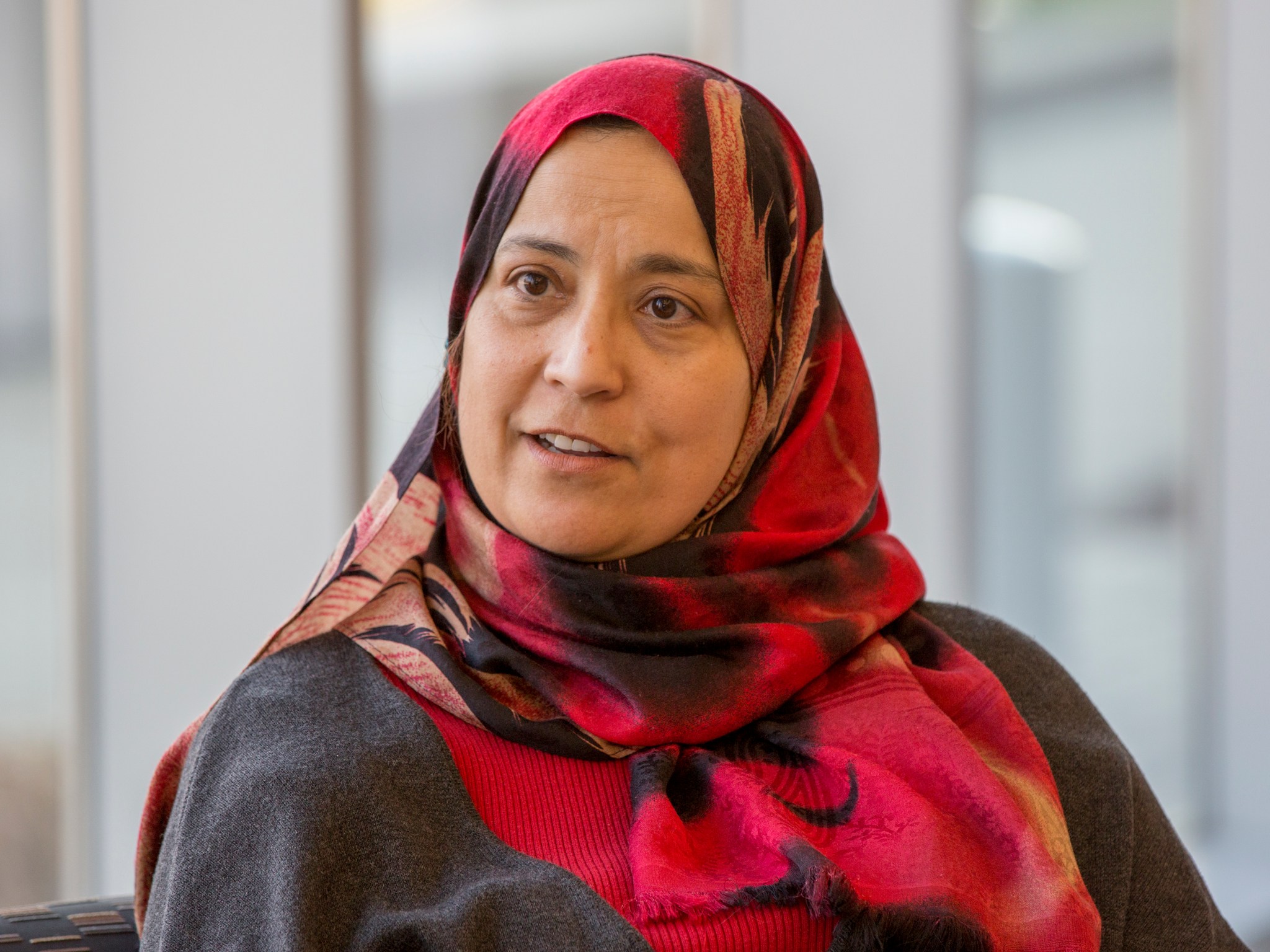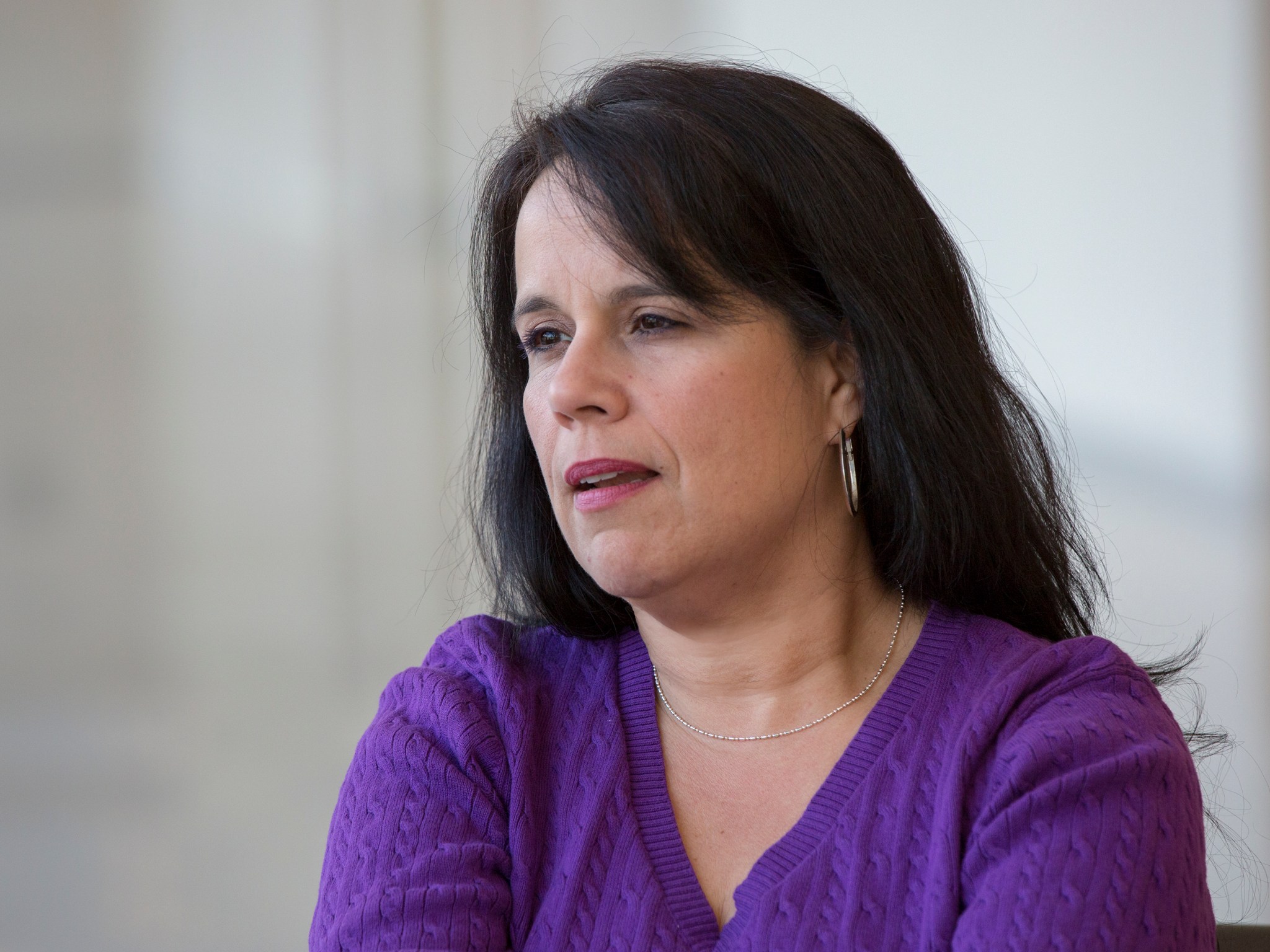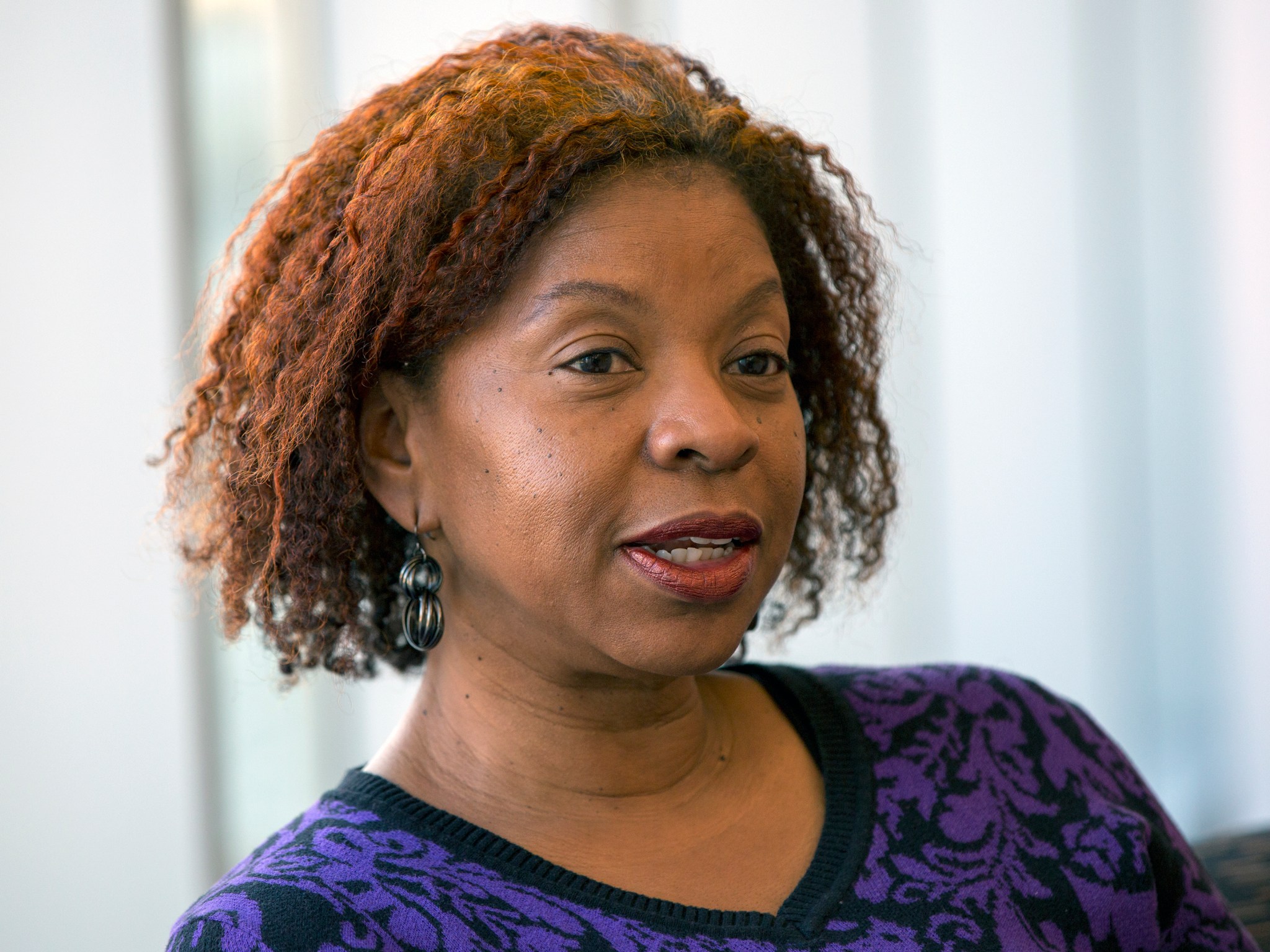When an email from the White House hit Debbie Martinez’s inbox last year, she thought it was too good to be true.
“I thought it was spam,” she said.
The message invited her and two NASA Langley Research Center employees for a screening of the movie “Hidden Figures,” which is based on the book of the same name that documented the lives and work of women like Katherine Johnson, Mary Jackson and Dorothy Vaughan during the early days of the space race.
Martinez’s friend and colleague Tahani Amer received the same and had the same reaction.
“I didn’t even answer the email for a couple of days,” she said. Instead, she called Langley officials to confirm the legitimacy of the email.
“I didn’t believe it” at first, she said.
After Amer learned the invitation was legit, she happily responded that she would attend.
“I remember when I first got the invite and Debbie called me on my cell,” said Julie Williams-Byrd, a friend and colleague of Martinez and Amer. “She said, ‘Julie? Is this for real? Don’t play with me! It’s on my bucket list to one day be invited to the White House!’”
Amer, Martinez and Williams-Byrd had just agreed to be “Modern Figures,” representing Langley to highlight diversity and technical accomplishments since the days of the original Hidden Figures. There are Modern Figures at all NASA’s field centers around the country.
“I think all three of us can tell you, we don’t take it lightly,” Williams-Byrd said. “We are prepared and we try to bring it wherever we go.”
Amer echoed those thoughts: “You become a NASA image,” she said.
A longtime bond
Amer, Martinez and Williams-Byrd, all engineers, have known each other for 25 years. When they started out, there weren’t as many women at Langley as there are now.
“We kind of gravitated toward each other,” Martinez said. “We’re all in different fields so it’s not like we ran into each other all the time.”
“We’re a very tight community here at Langley,” Amer said. “We support each other a lot.”
That support was galvanized when NASA reached out to Langley, seeking names to represent the agency as ambassadors in the lead-up to the “Hidden Figures” movie release.
“And somehow, headquarters decided the three of us would be the ones chosen,” Williams-Byrd said.
“You can’t really turn down these types of opportunities because if you’re given this gift, you got to give it forward,” Martinez said.
Amer said the unique backgrounds and accomplishments of each woman likely were factors in their selection. “Each of us brings something different to the table,” she said.
‘On the shoulders of others’
The trio believe they wouldn’t have a seat at the table if not for the women who came before them. When asked to compare themselves to the women featured in “Hidden Figures,” Amer said there are some similarities.
“I see a lot struggles that we had to overcome to prove ourselves,” she said.
Amer told of an experience she had presenting a paper at a conference in Nevada. She overheard people asking what she was doing there, questioning if she was out of her depth.
“It really hurt,” said Amer.
Amer said she relies on her deep support system of family, friends and colleagues. “Someone has to help you get over the hump,” she said. “You have to have someone who always believes in you.”
Progress and pace
A lot of things have changed in the 25 years the three women have known each other – from the types of missions undertaken to the roles of women at Langley. They agree, though, that one thing has stayed constant – the need to help future generations advance.
Amer touts putting colleagues with potential in the spotlight and see what they can do.
“The most important thing is providing the opportunity,” she said. “If you don’t provide the opportunity to do good work and get in the right project, you will never shine.”
Martinez and Williams-Byrd have known what it is liked to be honored by your peers, as they were past recipients of Women of Color in STEM awards.
“We do watch out for one another and we also watch out for those women who are coming up and helping them – giving them mentoring and information about what’s available, what they can do and help them navigate the world,” Williams-Byrd said.
One aspect they aim to continue with their newfound public roles is to help put a spotlight on deserving women by nominating young women to receive recognition and awards.
“There are different ways that we can help our more junior colleagues to shine and to be acknowledged,” Williams-Byrd said. “When you’re working really hard and doing good things you want to be acknowledged.”
Martinez said they also look out for more experienced women who are overlooked when it comes to recognition and awards.
“It’s hard as a woman to really boast about yourself and take credit for the work that you’ve done because it’s not in our nature,” she said.
One example Amer gave was that she was invited to give a talk at Georgetown University in Washington, D.C., and met a young woman engineer who did not know her deputy center director at NASA’s Goddard Space Flight Center in Greenbelt, Maryland. The young woman impressed Amer so much that she helped introduce her to Christyl Johnson, the deputy director for technology and research investments at Goddard.
“I feel (that) because of who I am and who we are, it is to help other women in the agency,” she said.
Future challenges
If you think the trio are superheroes for all they do for NASA, you’re mistaken, Amer said. What makes them who they are is their experiences and knowledge gleaned from an ever-changing atmosphere and the diverse workforce.
“We are together for a common cause, which is advancing NASA’s missions,” she said. “We bring our own experiences that makes us stronger together.”
The trio says as technology moves forward, so hopefully will opportunities for advancement and increased responsibility.
“I hope that [NASA] continues to keep its brand and continues to be a place of technical excellence,” Williams-Byrd said. “We bring in the best and the brightest and those who are prepared to take on leadership roles.”
New roles are something the trio are accustomed to handling during their time at Langley.
“All of us can say that we aren’t doing what we were doing when we first came here,” Williams-Byrd said. “We have changed tremendously.”
That change is reflected when representing NASA, especially at events outside of Langley such as at schools. The “Hidden Figures” book and movie helped put STEM on the map for young girls and women.
“I think that opens the door when they see us,” Martinez said. “That just helps break these glass ceilings a little bit more for them.”
• To learn more about NASA’s Modern Figures, click here.






























